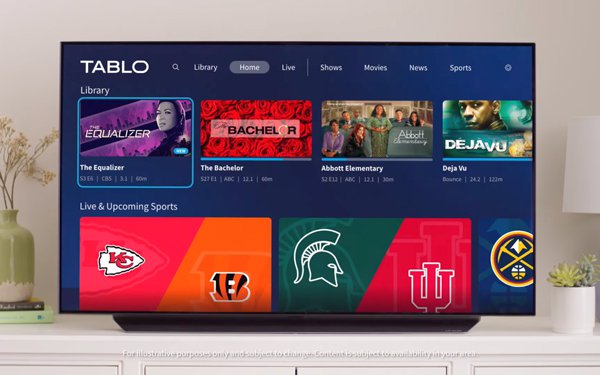by Wayne Friedman , Staff Writer
Source: www.mediapost.com, August 2023
Amid ongoing issues with legacy pay TV systems, TV stations are prepping a return, at least in part, to real over-the-air TV.
Is this new, updated old-school thinking, or just an old-past-its-moment swing-for-the-fences move?
A number of efforts across a wide range of TV station groups — Gray Television, E.W. Scripps, Nexstar Media Group and others — have started up.
For example, some are seeking over-the-air TV deals with professional sports teams — Major League Baseball and NHL hockey, for example. Over the last two decades or so, many of those TV deals have been on regional sports networks — many of which now have cable carriage financial issues.
But others are going deeper — setting up old-school efforts around set-top-box digital video recorders (DVRs), digital antennas and other technologies.
Scripps, for one, is looking for DVR units under the Canadian-originated brand Tablo — a device that cost $99.95.
This newer-style DVR records FAST channels (Free Advertising Supported Television). The new Tablo Total System now includes a 35-mile reaching indoor TV antenna.
Previously Scripps has had an effort to distribute digital antennas — where consumers can get over-the-air TV stations — as part of its Free TV Project.
TV stations groups are bracing for a new world of shrinking pay TV revenues due to cord cutting. For some time now those pay TV distribution fee revenue have been increasingly important as core advertising sales have weakened over the years.
A linchpin of the set-top box DVR units and/or digital antennas could give TV stations some independence from weakening multi-network/channel legacy and newer virtual pay TV distributors.
Still, what level of market size does Scripps really believe this can attain? Perhaps this is just putting one finger in a weakening dam — a small, incremental effort to combat 8% to 9% in annual cord-cutting per year.
In addition, it could help with increasing issues when it comes to new carriage-fee negotiations — deals with hard-pressed cable, satellite and other systems looking to lower fees, and cut costs.
TV station groups continue their anxious search to find possible alternatives, with the strong possibility of lower profit margins and overall revenues to come.
What about the still lingering promise of NexGen ATSC 3.0 technology promising to morph TV station businesses more into digitally savvy media? That process is complicated by slower rollouts, new home TV equipment and overall consumer adoption.
Change is coming. But what is the desperation level?

